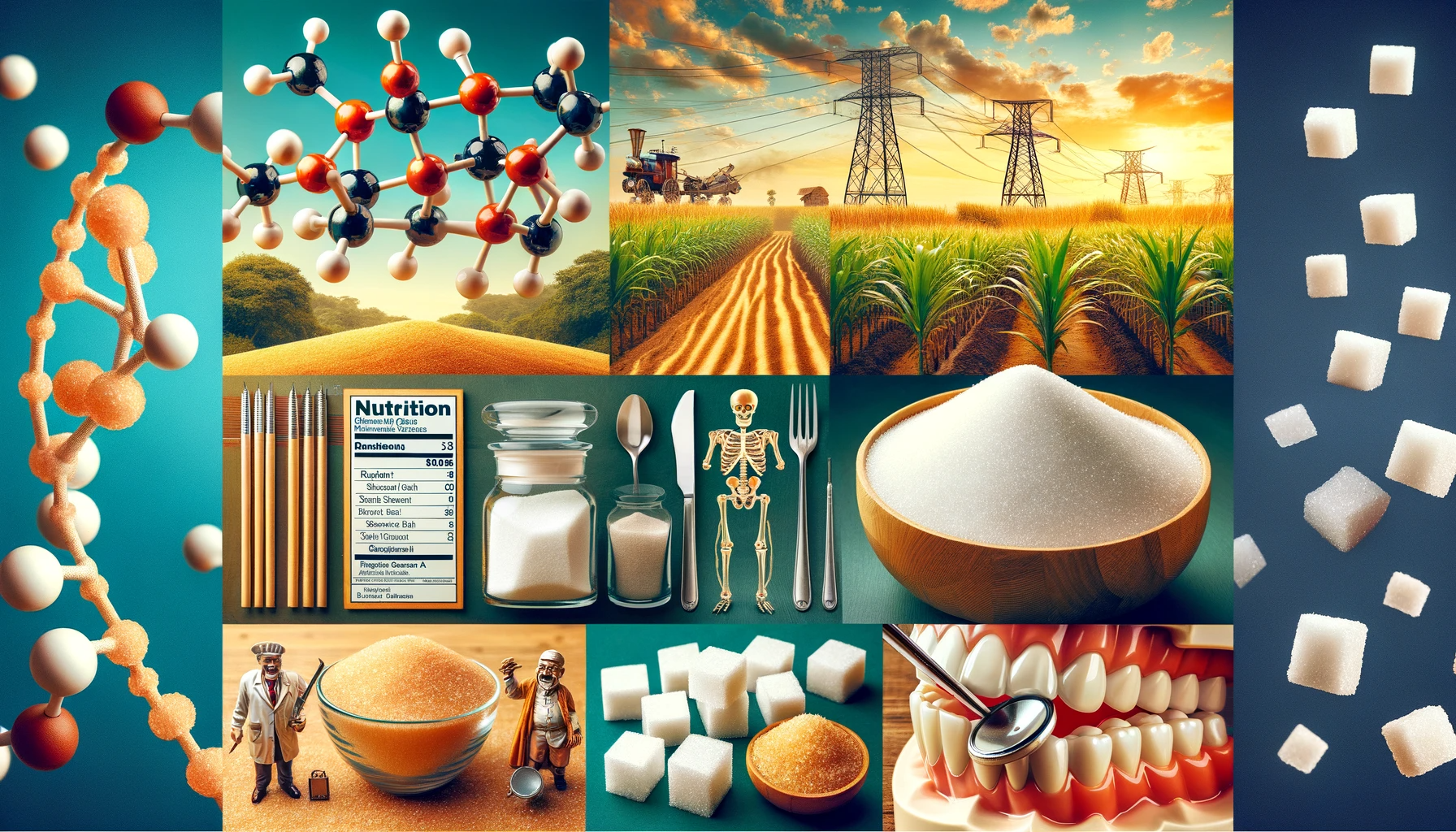Introduction:
In today’s fast-paced world, the dietary habits of children have undergone significant changes. One alarming trend is the excessive consumption of sugar, often hidden in various forms within their diets. In this article, we will explore the presence of hidden sugars in kids’ diets, the risks associated with excessive sugar intake, and practical tips for identifying and reducing hidden sugar sources.
The Sneaky Sugar: What You Need to Know
Hidden sugars are those added to foods and beverages during processing or preparation. These sugars may not be obvious, and parents may inadvertently be exposing their children to health risks. Here’s what you should know:
Types of Hidden Sugars
- High Fructose Corn Syrup (HFCS): Often used in processed foods, sodas, and sweetened beverages, HFCS is a common hidden sugar source.
- Fruit Juice Concentrate: Present in many fruit-flavored snacks and drinks, this concentrated form of fruit juice contains high levels of sugar.
- Cane Sugar, Sucrose, and Glucose: These sugars may be listed under different names on ingredient labels, making them harder to spot.
Health Risks of Excess Sugar
Excessive sugar intake can lead to various health issues in children, including:
- Obesity
- Type 2 diabetes
- Dental cavities
- Increased risk of heart disease
- Poor dietary habits that can persist into adulthood
Identifying Hidden Sugars
Knowing how to identify hidden sugars is essential for ensuring your child’s diet is balanced and healthy. Here are some tips to help you spot them:
Read Ingredient Labels
- Check for synonyms: Look out for alternative names for sugar, such as sucrose, fructose, glucose, and corn syrup.
- Pay attention to placement: Ingredients are listed in descending order by weight. If sugar is one of the first few ingredients, it’s likely high in sugar content.
Analyze Nutrition Facts
- Review the “Total Sugars” line: This includes both added and natural sugars. Compare it to the daily recommended limit (for children, it’s usually around 25 grams).
- Check serving sizes: Some products may seem low in sugar, but the serving size might be smaller than what your child typically consumes.
Be Wary of Processed Foods
- Limit processed snacks: Highly processed foods often contain hidden sugars. Opt for whole, fresh foods whenever possible.
- Choose plain versions: Select plain yogurt, cereal, and oatmeal and add your flavor with fresh fruit or a touch of honey.
Healthy Alternatives
Replacing hidden sugars with healthier alternatives can make a significant difference in your child’s diet:
Natural Sweeteners
- Honey: Use in moderation for sweetening foods and beverages.
- Maple syrup: A natural sweetener that can be added to pancakes and oatmeal.
Fresh Fruits
- Berries: Rich in natural sugars, they can satisfy a sweet craving while providing essential nutrients.
- Bananas: A great natural sweetener for smoothies and baked goods.
Homemade Snacks
- Bake at home: Making cookies, muffins, and granola bars allows you to control sugar content.
Conclusion
Identifying hidden sugars in your child’s diet is crucial for promoting a healthy lifestyle. By reading labels, analyzing nutrition facts, and making smart choices, you can reduce their sugar intake and protect them from potential health risks. Remember, a balanced and nutritious diet sets the foundation for a lifetime of well-being. Start today and make a positive change in your child’s life.
